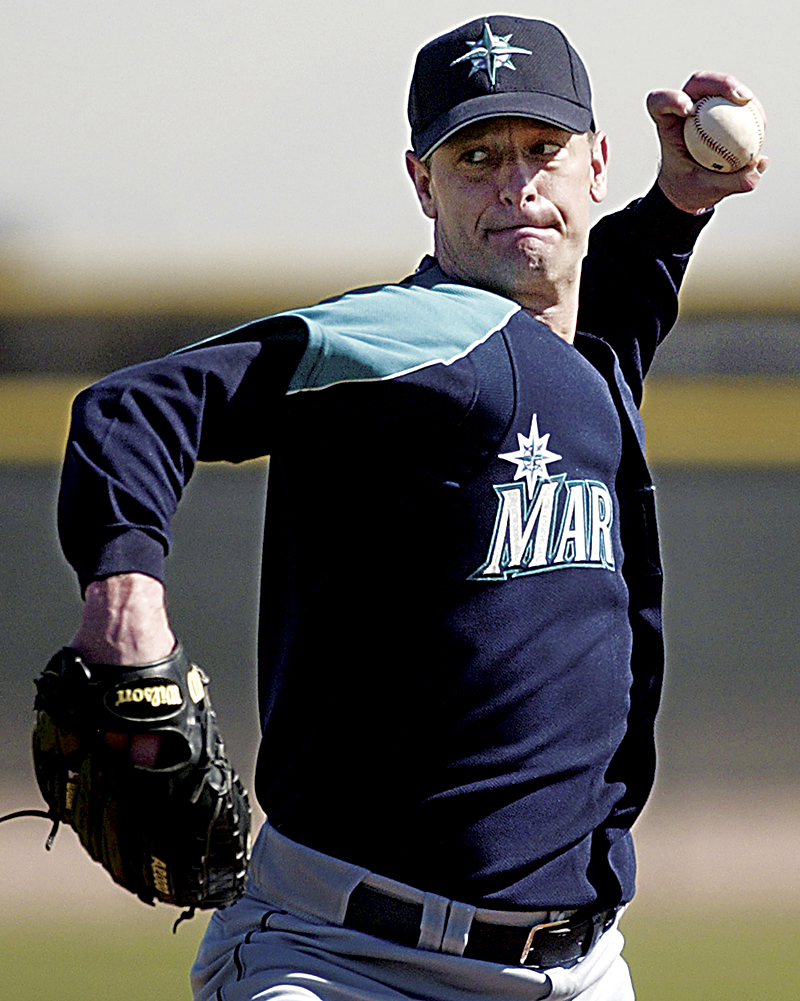The card that changed everything.Now that Ken Griffey Jr. has retired, it’s natural to reflect on what his legacy might be.The savior of baseball in Seattle. “The Kid” who could have been home run king. And, as fate would have it, owner of the most recognizable baseball card of all time.Griffey’s 1989 Upper Deck rookie card is so iconic, and the story behind it so memorable, that there are not one, but two articles devoted strictly to its birth and the life its lived in plastic sleeves ever since.In 2008, Darren Rovell wrote that the Griffey rookie card was the “childhood lust object that everyone’s mother saved, arguably the most popular, most widely held baseball card of all time.” A year later, Luke Winn in Sports Illustrated said “the Kid’s Upper Deck debut could very well be the last iconic rookie card ever made.”What makes this piece of cardboard so special?It was the only one, and is now the last, of its kind.In 1989, Griffey wasn’t even on the Mariners’ roster. He was still with its Class-A affiliate, the San Bernardino Spirit.Upper Deck was brand new too. And to determine what players would fill out the 700 cards in its first edition, it turned to Tom Geideman.Geideman was only 18. And his only qualification that he collected cards rabidly. Griffey wasn’t a logical choice for the number one card. He’d been injured the year before and wasn’t a lock to even make it to the majors.But Geideman had a hunch. So Upper Deck took a photo of Griffey in his Spirit uniform and airbrushed it to make it look like that of the big-league club.When Griffey became a national sensation, Upper Deck had the upper hand: none of their competitors had thought to include the Mariners’ rookie in their first print runs. If you wanted Griffey’s card, you had to buy one of Upper Deck’s hologram-authenticated $1 packs, twice the price of the industry-average.But while initial scarcity is what made Griffey’s card so valuable to begin with, abundance is what cemented its legacy.According to Rovell, more than one million Griffey cards were printed. And that mass production is what helped bring about a change in what it meant to be a cardboard icon.As Winn writes, whereas Griffey only had one rookie card, by the time St. Louis Cardinals slugger Albert Pujols made his major-league debut in 2001 he had 43. Oversaturation of the market all but guarantees that Griffey’s card will remain an anomaly; one-of-a-kind before that became impossible. As does a decline in the sports trading card industry — card sales peaked in 1991 at $1.2 billion but now hover around $200 million.As Rovell writes, Griffey’s Upper Deck card may get to the heart of why “The Kid” still feels like such a fitting nickname: “The lasting image of Ken Griffey Jr. won’t be anything he does on the baseball field. It will be a picture of an overjoyed teenager in an airbrushed Mariners hat.”
More Stories From This Author
Fourth of July weekend weather in King County
Expect mostly sunny and warm weather for the Fourth of July weekend in the Puget Sound region. Below is the…
King County jail audit finds issues in behavioral health services
Addressing the issues could reduce the risk of reoffending.
New King county park rangers to begin patrolling Saturday
Council members hope the increased presence of officials will deter break-ins at trailheads.







